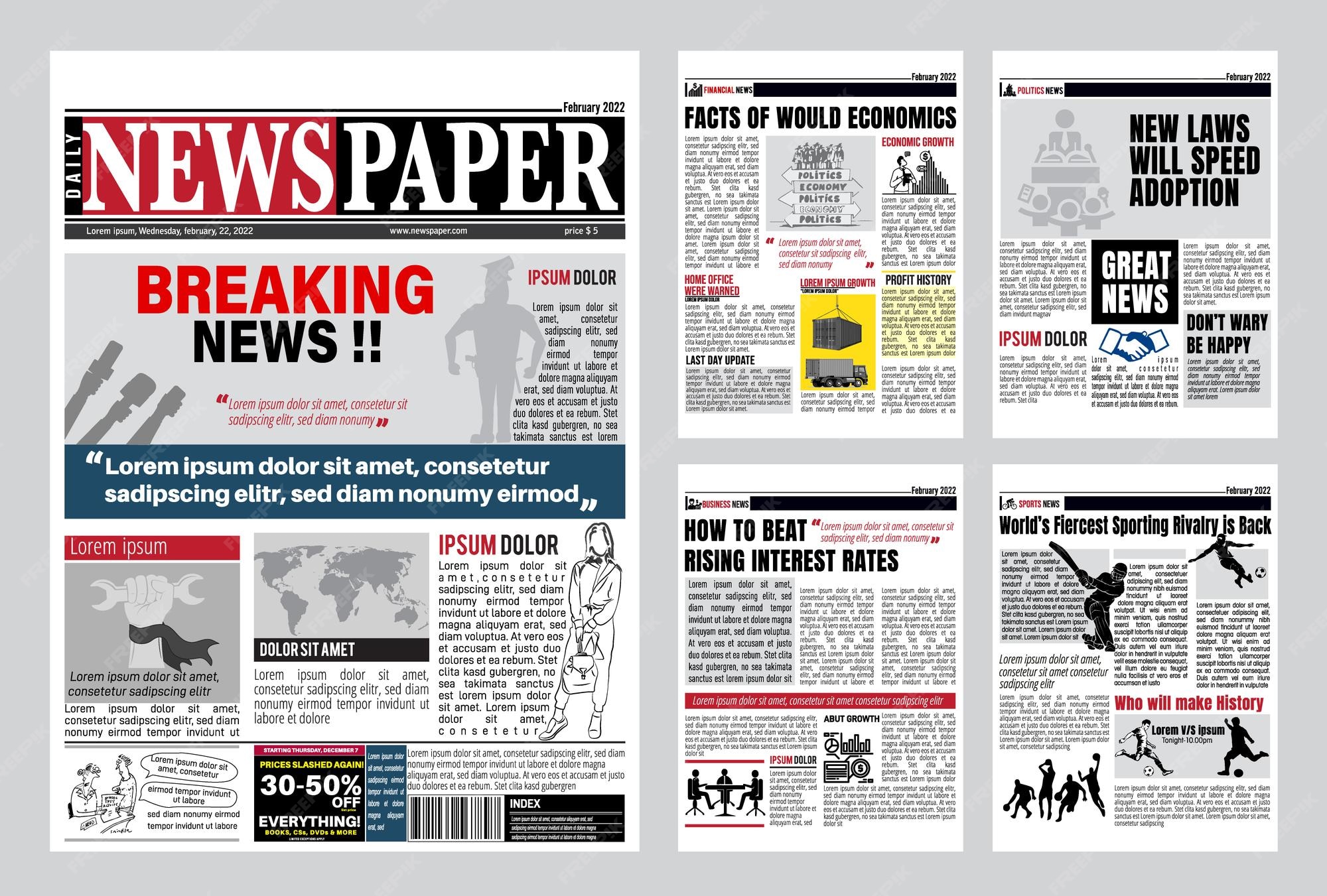In today’s globalized society, the interplay between ethnocentrism and cultural relativism presents a compelling narrative that deserves exploration. Ethnocentrism, the belief that one’s own culture is superior to others, often leads to misunderstandings, discrimination, and social strife. In contrast, cultural relativism posits that one must understand other cultures in their own context, fostering tolerance and appreciation. Could a newspaper dedicated to these themes serve as a bridge between these contrasting viewpoints?
The historical backdrop of ethnocentrism can be traced through various societal narratives. This natural human inclination toward one’s own cultural norms can manifest in prejudice against those who exhibit different customs, languages, and beliefs. Such biases are not just individual sentiments; they can infiltrate institutional policies and media representations, skewing public perception. A newspaper with investigative journalism could expose these biases, prompting readers to confront the ramifications of ethnocentrism in their communities. What if every headline was scrutinized not just for newsworthiness but for its potential to reinforce or challenge ethnocentric views?
The challenge arises when we consider the consequences of this ethnocentric perspective. For instance, when news outlets predominantly present stories from a Western viewpoint, they inadvertently cast a long shadow over voices from other cultures. This creates an information vacuum, where the richness of diverse perspectives is diminished or neglected entirely. One might ponder: how do we shift the paradigm of news reporting to embrace a more inclusive lens? This is where cultural relativism becomes not just a theoretical framework, but a necessary approach.
Cultural relativism encourages individuals to appreciate cultural practices without judgment. A newspaper that highlights stories through this lens can serve as an excellent platform for amplifying marginalized voices. By featuring articles that delve into cultural practices, traditions, and celebrations, the publication could educate its readership about the complexities of various societies. Consider a weekly section dedicated to exploring a different culture, utilizing arts, literature, and cuisine as entry points for greater understanding. Such a feature could demystify cultural differences, transforming them from mere curiosities into vehicles for enriching the sociocultural fabric of the community.
Furthermore, the interplay between ethnocentrism and cultural relativism in media consumption offers fertile ground for discussion. How often do consumers of news consider the overpowering narratives presented by mainstream media? A playful question to pose is: when was the last time you encountered a news article that made you reflect on your biases? This introspection might lead to a profound realization of the gaps in one’s understanding of the global landscape. A well-crafted newspaper could incorporate a weekly column prompting readers to examine biases head-on, inviting them to engage in dialogue surrounding their own cultural perceptions.
Another intriguing aspect to examine is the role of visual representation in perpetuating ethnocentric narratives. Images in news articles can sometimes convey stereotypical depictions of cultures, reinforcing outdated notions. A newspaper dedicated to ethical journalism could scrutinize this aspect, advocating for authentic representations. Additionally, it could host discussions on the importance of visual diversity and its impact on public perception. The challenge here lies in re-engaging audiences who may have grown accustomed to simplistic portrayals. What if readers could contribute their own images and stories, championing a more nuanced portrayal of their cultures?
A vital focus of such a newspaper would also be to challenge cultural relativism’s potential pitfalls. While the philosophy encourages understanding, it can also lead to moral ambiguity—the idea that all cultural practices are equally valid, regardless of potential harm. Examining this aspect can be crucial for fostering discussions that are both respectful and insightful. A section could explore ethical dilemmas across various cultures, prompting readers to consider when cultural practices may conflict with universally accepted human rights. This nuanced exploration could help cultivate critical thinking and empathy among readers.
Community engagement is essential in concluding this discourse on ethnocentrism and cultural relativism. A newspaper could serve as a catalyst for community forums, workshops, or debates designed to engage readers actively in discussions about cultural identity and representation. What if community members could voice their experiences, share insights, and promote understanding through this platform? Such initiatives could transform the newspaper from a passive medium into an active participant in fostering cultural dialogue.
As we navigate the complexities inherent in ethnocentrism and cultural relativism, the possibility for a newspaper dedicated to these themes becomes increasingly significant. From highlighting diverse narratives to challenging readers’ preconceived notions, this publication could pioneer a path toward greater cultural understanding and respect. In a world often marked by division, the endeavor to adopt a more inclusive outlook through media is both a challenge and an opportunity. Embracing these concepts may not only enrich the lives of individuals but enhance societal cohesion and cultural empathy. Ultimately, the question remains: can we collectively strive to value the diversity of human experience as a testament to our shared humanity?
